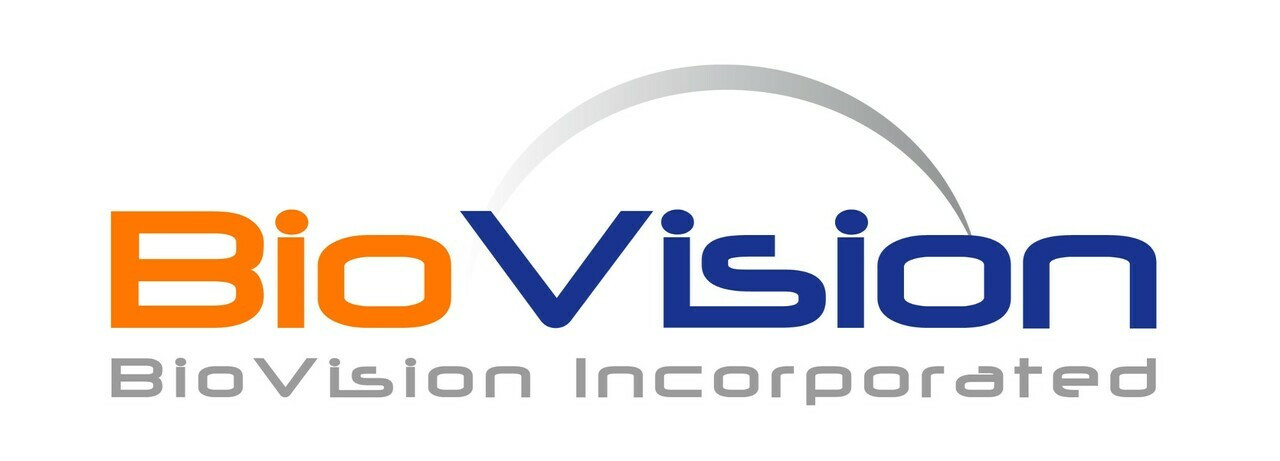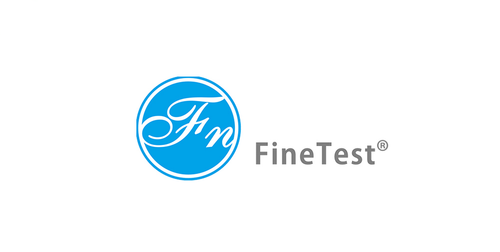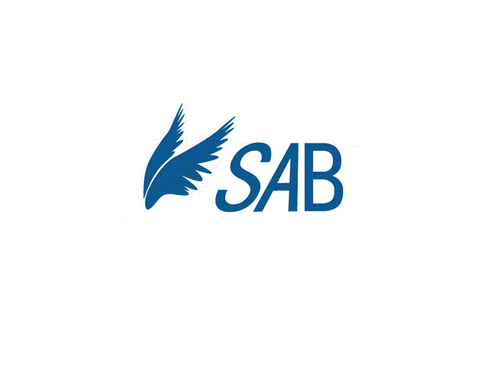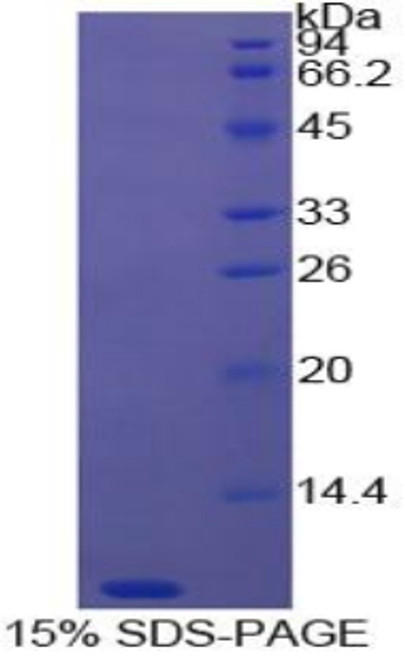Product Description
Thymosin-4 is a small, actin-sequestering protein belonging to the thymosin- family that is found at high concentrations within the spleen, thymus, and peritoneal macrophages, where it is most notably responsible for the organization of cytoskeletal structure. In mammalian tissues, this protein acts as a modulator for the polymerization/depolymerization of actin through the formation of a 1:1 complex with the monomer G (globular)-actin, and inhibits actins polymerization to form F (filamentous) actin, which together with other proteins binds microfilaments to construct the cytoskeleton. Commonly found at significant quantities within the brain, lungs, liver, kidneys, testes, and heart, Thymosin-4 has also been shown to be synthesized by cells unrelated to the reticulo-endothelial system, such as myoblasts and fibroblasts, and expressed at irregular levels by several hemopoietic cell lines, malignant lymphoid cells and myeloma cells. In addition to regulating actin polymerization, research has also found Thymosin-4 to stimulate the secretion of hypothalamic luteinizing hormone-releasing hormone and luteinizing hormone, inhibit the migration of peritoneal macrophages, induce phenotypic changes in T cell lines during early host defense mechanisms, and inhibit the progression of hematopoietic pluripotent stem cells into the s-phase. Recombinant Human Thymosin-4 is a 5.2 kDa glycoprotein containing 45 amino acid residues.
Biovision | 7216 | Thymosin-4 human recombinant DataSheet
Biomolecule/Target: Thymosin-4
Synonyms: T-4, Hematopoietic system regulatory peptide, Seraspenide, TMSB4X, TB4X, TMSB4
Alternates names: Platelet Factor-4, CXCL4, Oncostatin A, Ironplact
Taglines: A small, actin-sequestering protein
NCBI Gene ID #: 56744
NCBI Gene Symbol: CXCL4
Gene Source: Mouse
Accession #: Q9Z126
Recombinant: Yes
Source: E. Coli
Purity by SDS-PAGEs: 98%
Assay: SDS-PAGE
Purity: N/A
Assay #2: HPLC
Endotoxin Level: < 0.1 ng/g of protein (<1EU/g).
Activity (Specifications/test method): Determined by its ability to chemoattract human neutrophils using a concentration range of 10.0-100.0 ng/ml.
Biological activity: Determined by its ability to chemoattract human neutrophils using a concentration range of 10.0-100.0 ng/ml.
Results: N/A
Binding Capacity: N/A
Unit Definition: N/A
Molecular Weight: 10.3 kDa
Concentration: N/A
Appearance: Lyophilized powder
Physical form description: Sterile filtered through a 0.2 micron filter. Lyophilized with no additives
Reconstitution Instructions: Centrifuge the vial prior to opening. Reconstitute in water to a concentration of 0.1-1.0 mg/ml. Do not vortex. This solution can be stored at 2-8°C for up to 1 week. For extended storage, it is recommended to further dilute in a buffer containing a carrier protein (example 0.1% BSA) and store in working aliquots at -20°C to -80°C.
Amino acid sequence: VTSAGPEESD GDLSCVCVKT ISSGIHLKHI TSLEVIKAGR HCAVPQLIAT LKNGRKICLD RQAPLYKKVI KKILES
 Euro
Euro
 USD
USD
 British Pound
British Pound
 NULL
NULL












